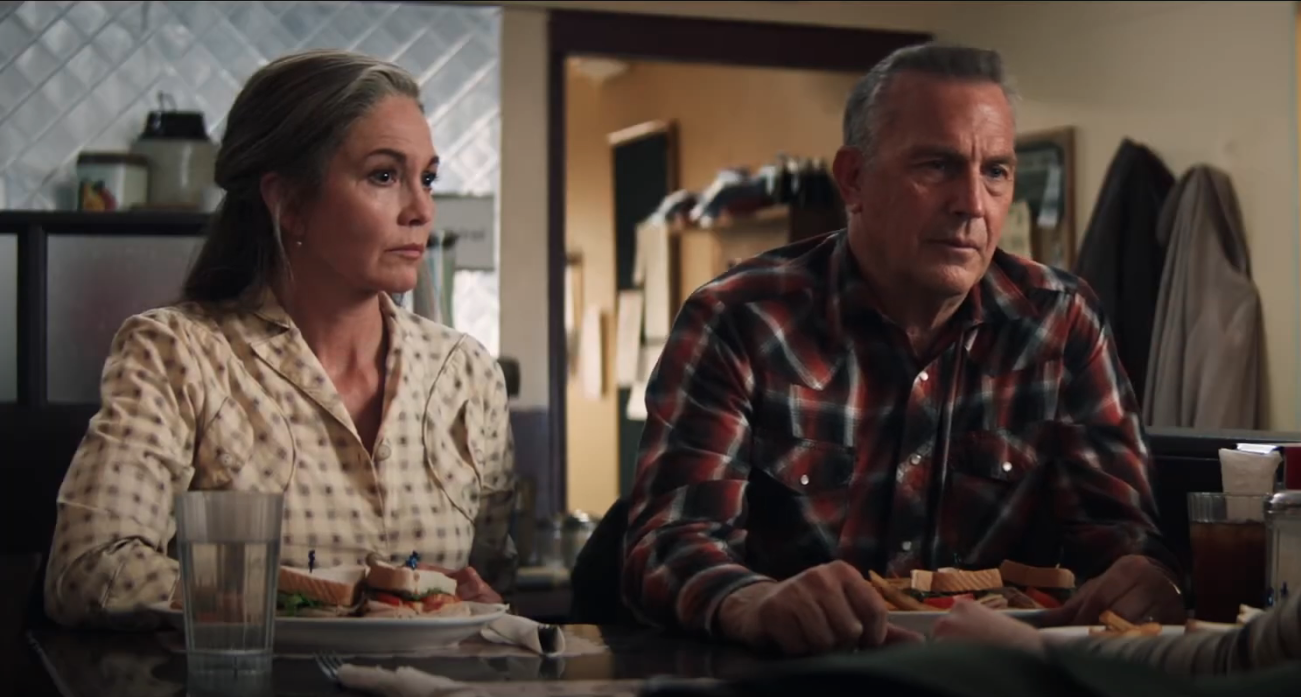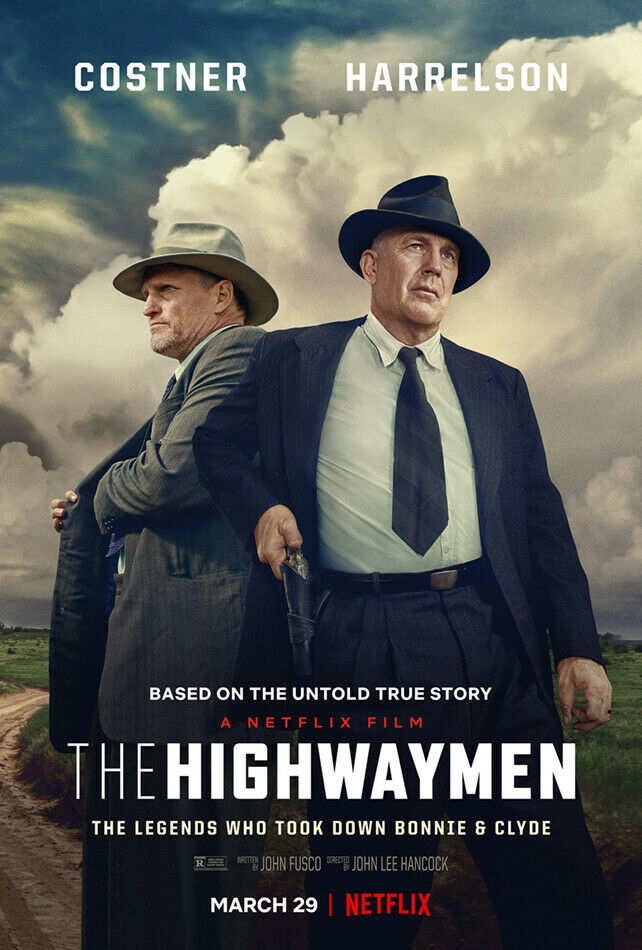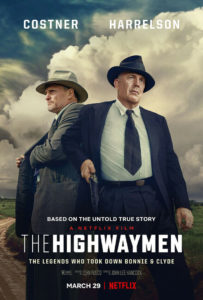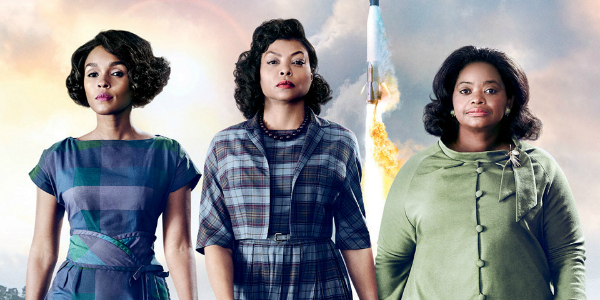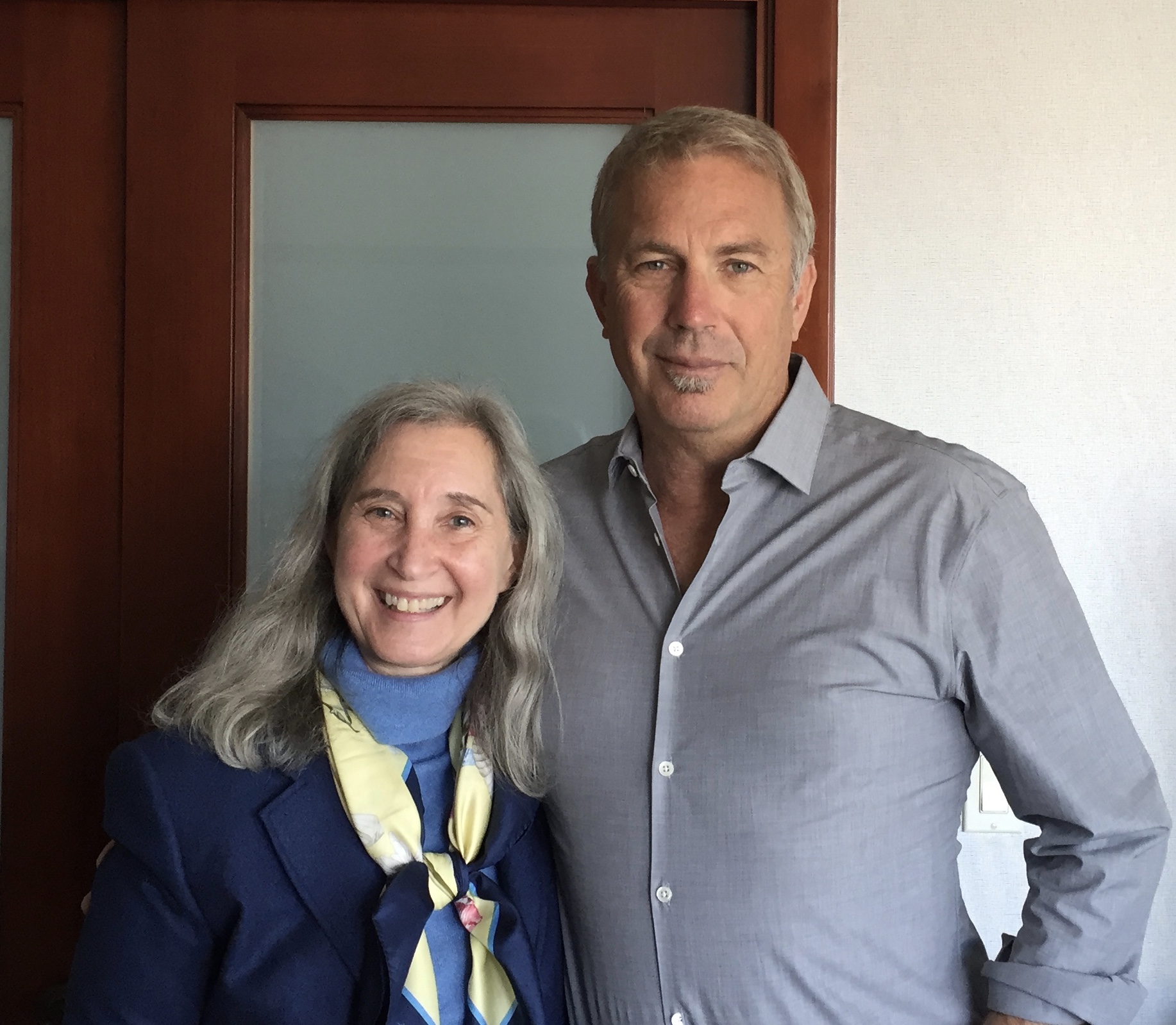Let Him Go
Posted on November 2, 2020 at 8:00 am
B +| Lowest Recommended Age: | Mature High Schooler |
| MPAA Rating: | Rated R for violence |
| Profanity: | Mild language |
| Alcohol/ Drugs: | Smoking, alcohol |
| Violence/ Scariness: | Extended and very tense peril and violence, sad death, characters injured and killed, guns, ax, fire |
| Diversity Issues: | A theme of the movie |
| Date Released to Theaters: | November 6, 2020 |
| Date Released to DVD: | February 1, 2021 |
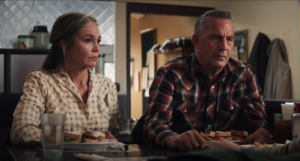
Margaret decides to go after them, to bring Jimmy home to live with them. George agrees to go along, but he does not think they can get Jimmy away from his mother and his new family. He wants to give Margaret a chance to say goodbye.
“Let Him Go” is based on a book by Larry Watson, adapted by writer/director Thomas Bezucha. He makes great use of the majestic scenery of the northwest, especially when George and Margaret encounter a lone young Native American named Peter Dragswolf (Booboo Stewart). Just as in the classic westerns, the landscape emphasizes the opportunity — and the dangers — of a world where there is so much land and people are so isolated.
Lane and Costner, who played a couple in two Superman movies, have an easy chemistry that makes us believe there is a long history between them. Neither George nor Margaret say much, in part because they know each other so well there is little more to say, and that includes understanding that there is no point in trying to persuade each other on issues that they know too well will never be resolved. “Sometimes that’s all life is, a list of what we’ve lost,” George says. But Margaret is not going to give up.
Bezucha knows how to create tension, even with seemingly simple comments or undramatic settings, which only adds to the sense of dread. You don’t find a Weboy, a relative tells them. “You let it be known you’re looking for a Weboy. They find you.”
And they do, at a place so far off the map they could never find it without being led by Donnie’s uncle. They are invited to dinner by Donnie’s mother Blanche, played by the unsurpassable Lesley Manville, in one of the year’s best performances. She can make the offer of pork chops sound ominous. And she does. She rips into the role and is absolutely electrifying. And terrifying.
Two solid citizens up against a family of feral outlaws, an updated western with good guys and bad guys leading to an intense and violent battle. The set-up is conventional, but the direction and performances make it memorable.
Parents should know that this film is an exceptionally tense thriller with peril, abuse, and violence that includes guns, an ax, and fire. Characters are injured and killed.
Family discussion: Why did George and Margaret have different ideas about what they wanted to get from finding Jimmy? What do we learn from Peter’s story?
If you like this, try: “The Lookout” and “The Highwaymen”

